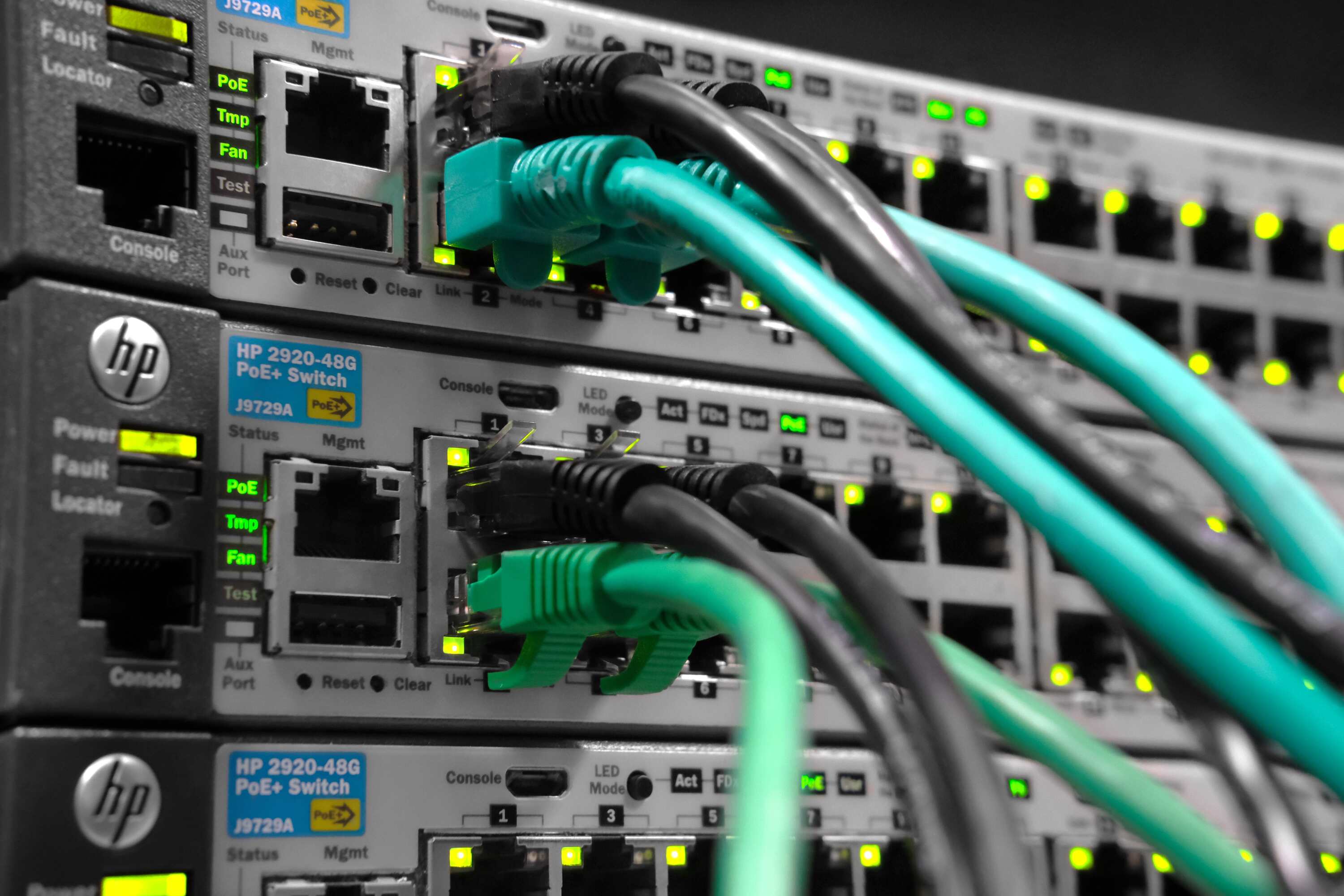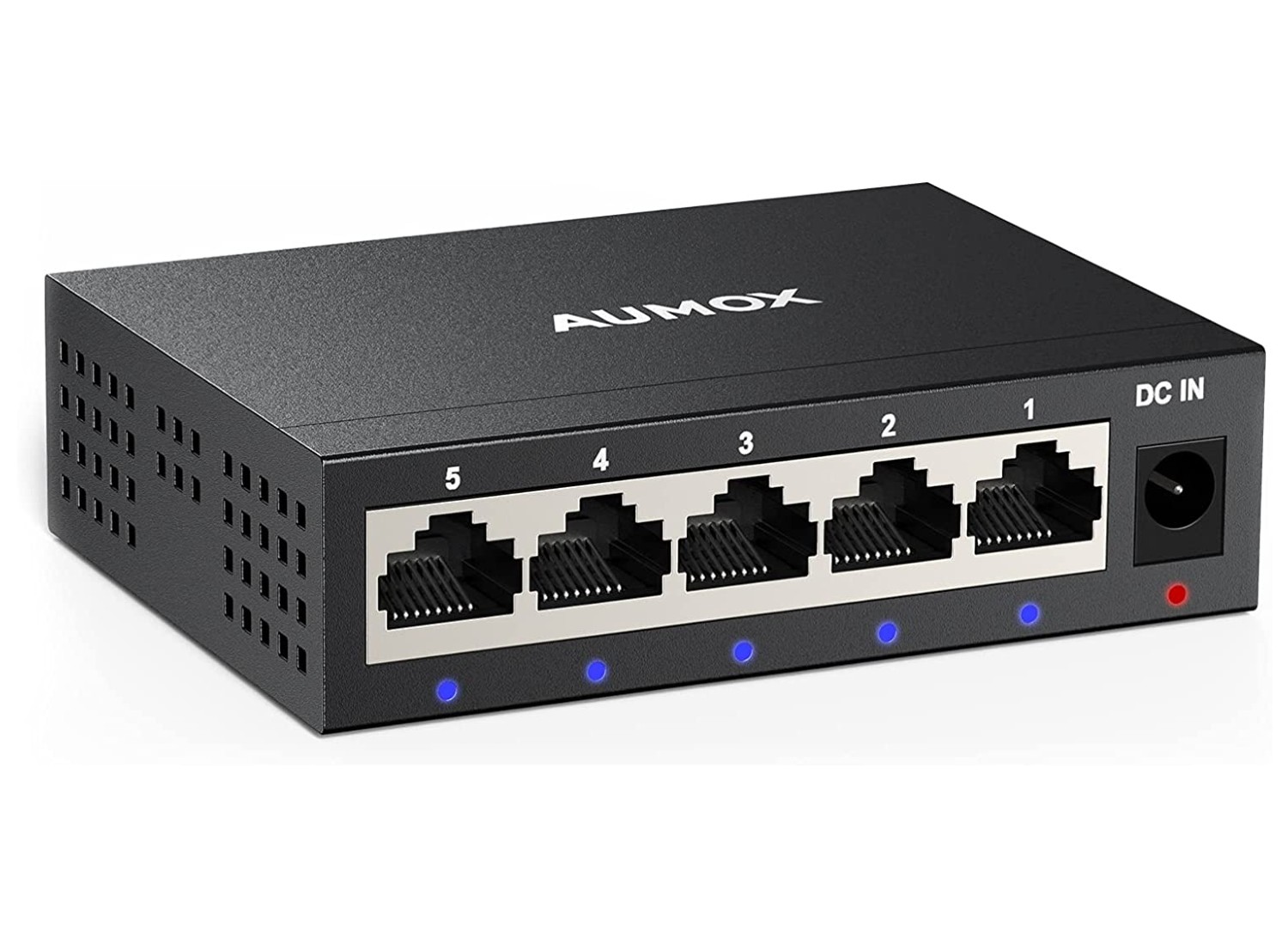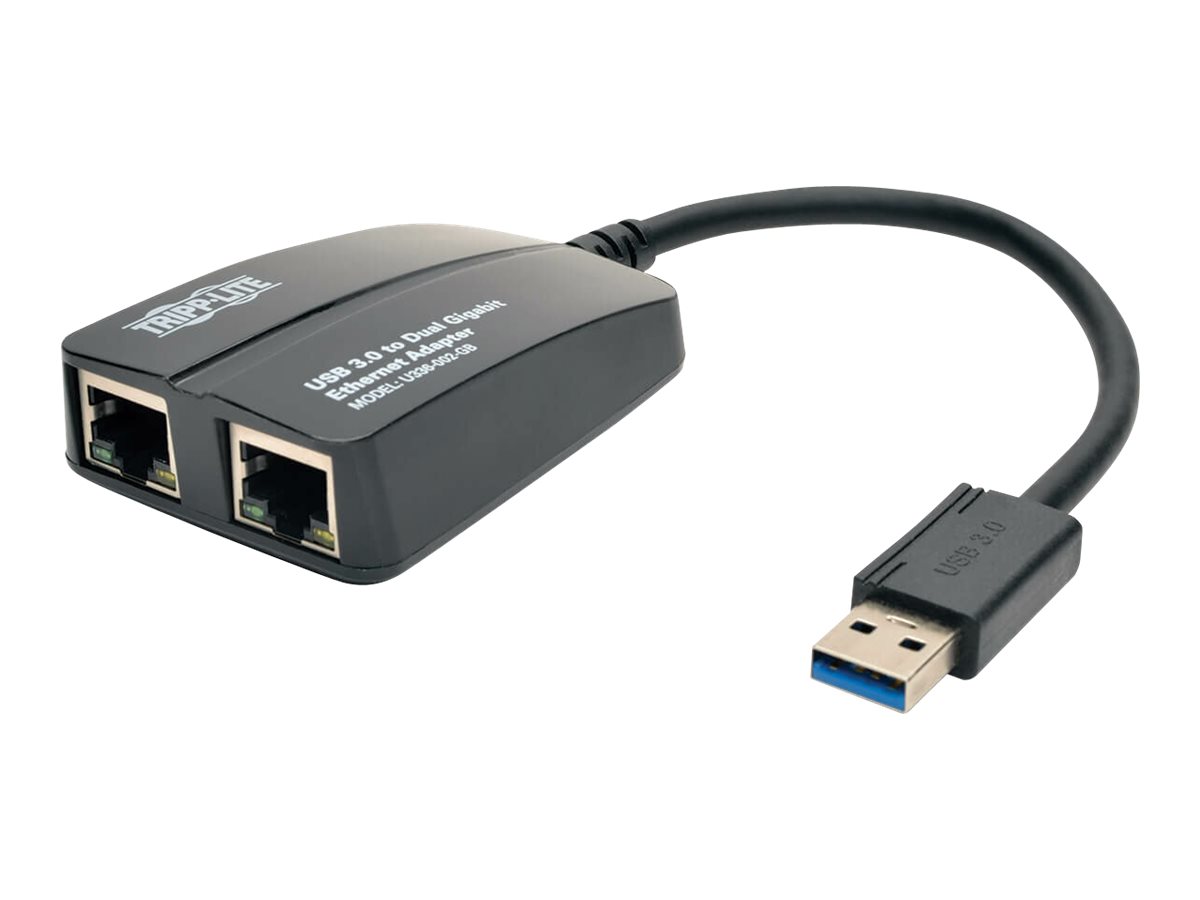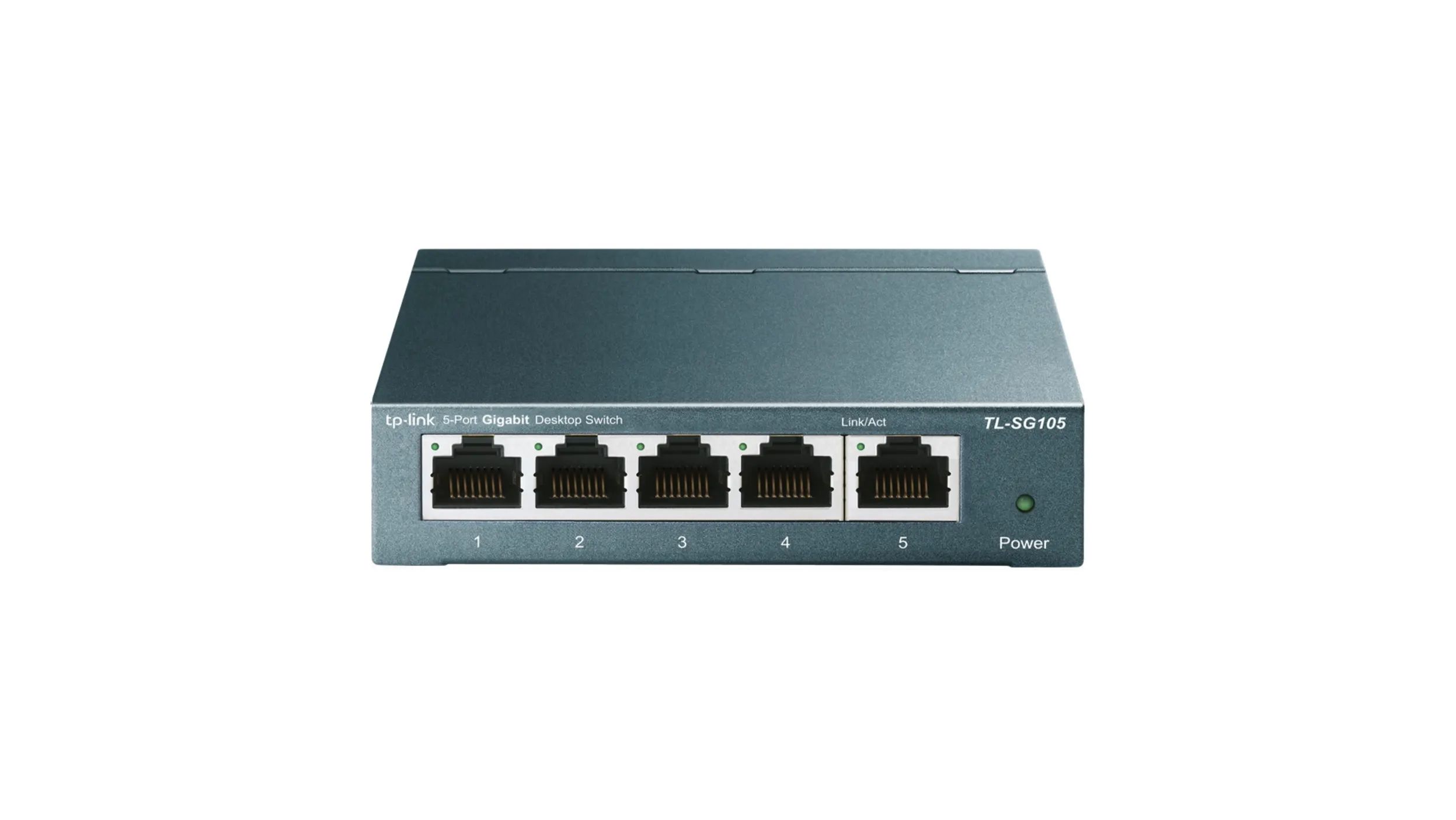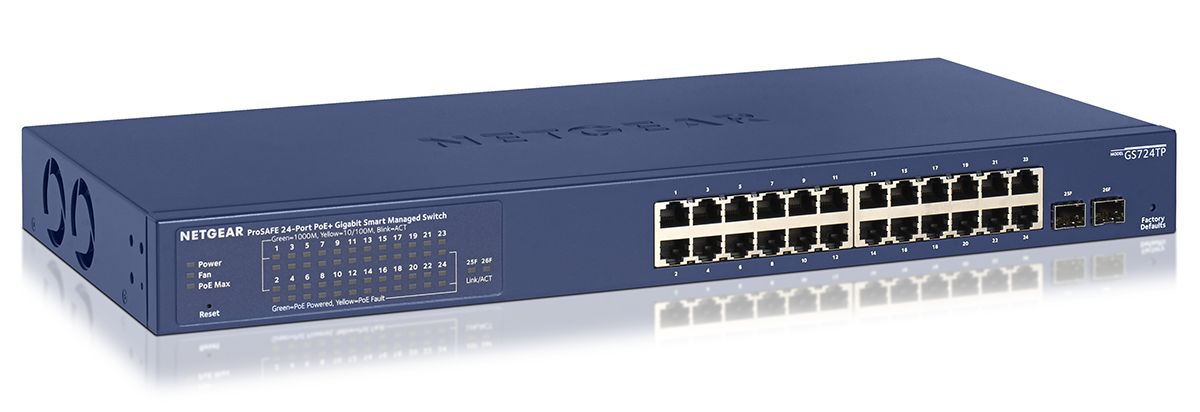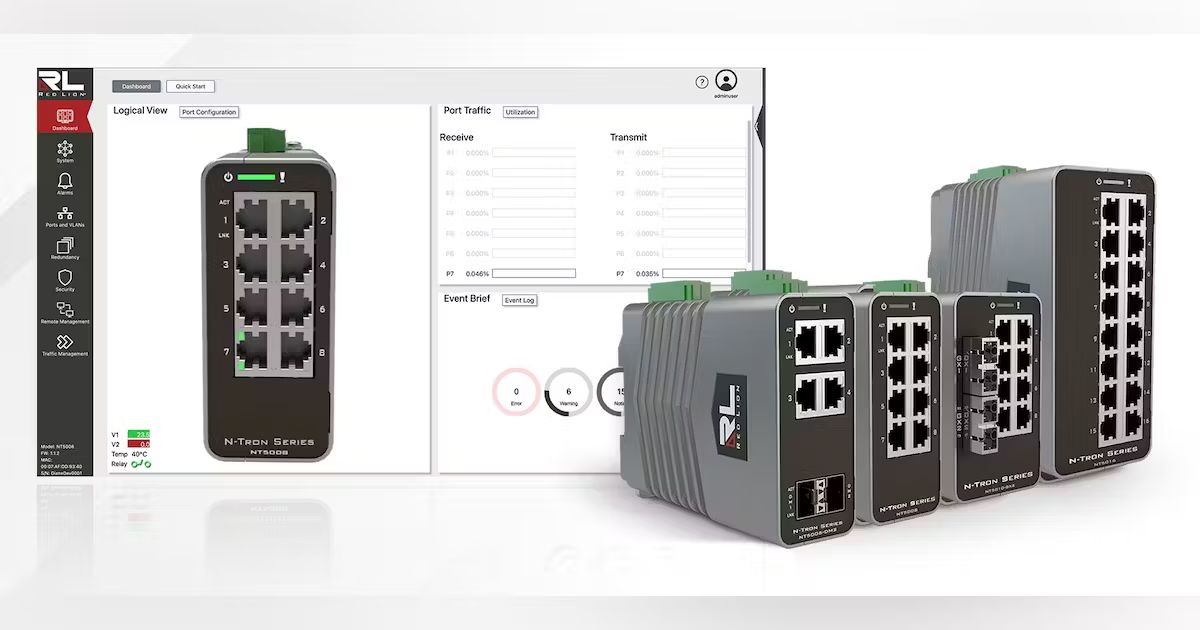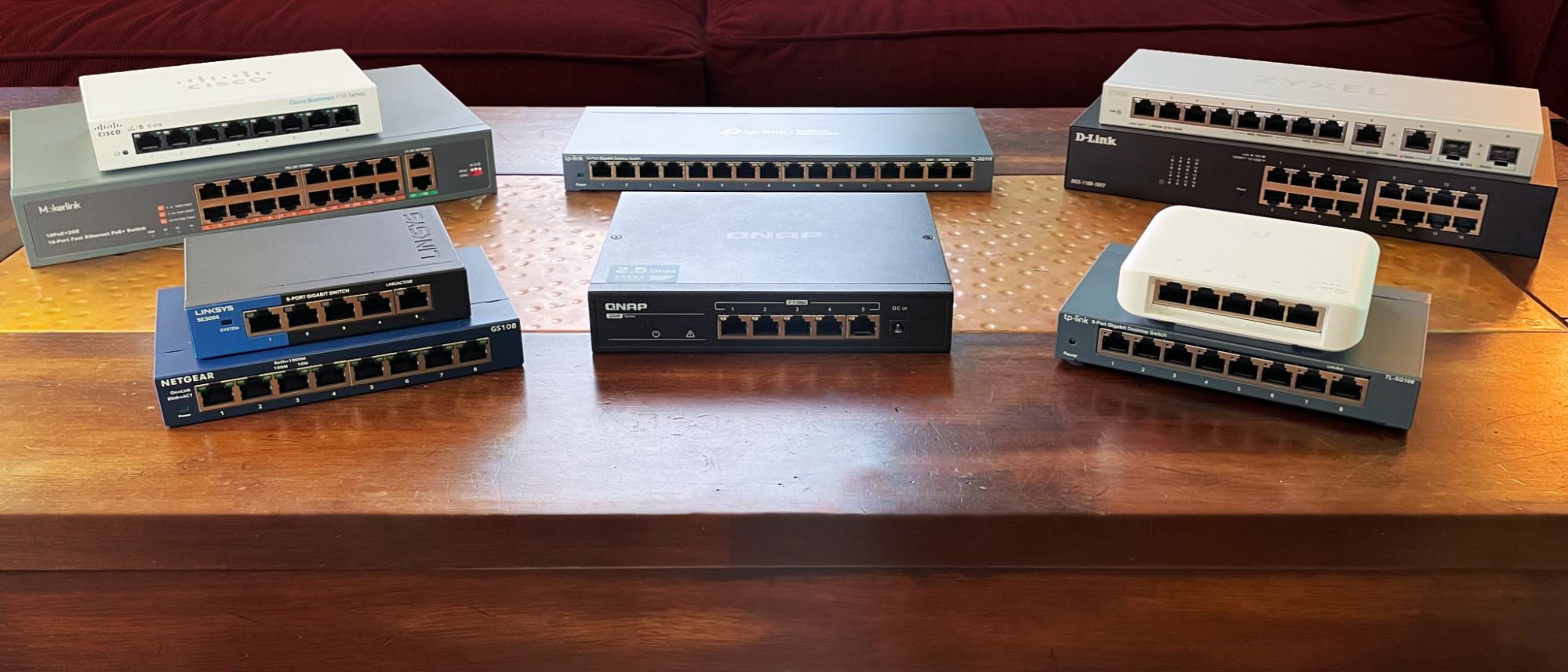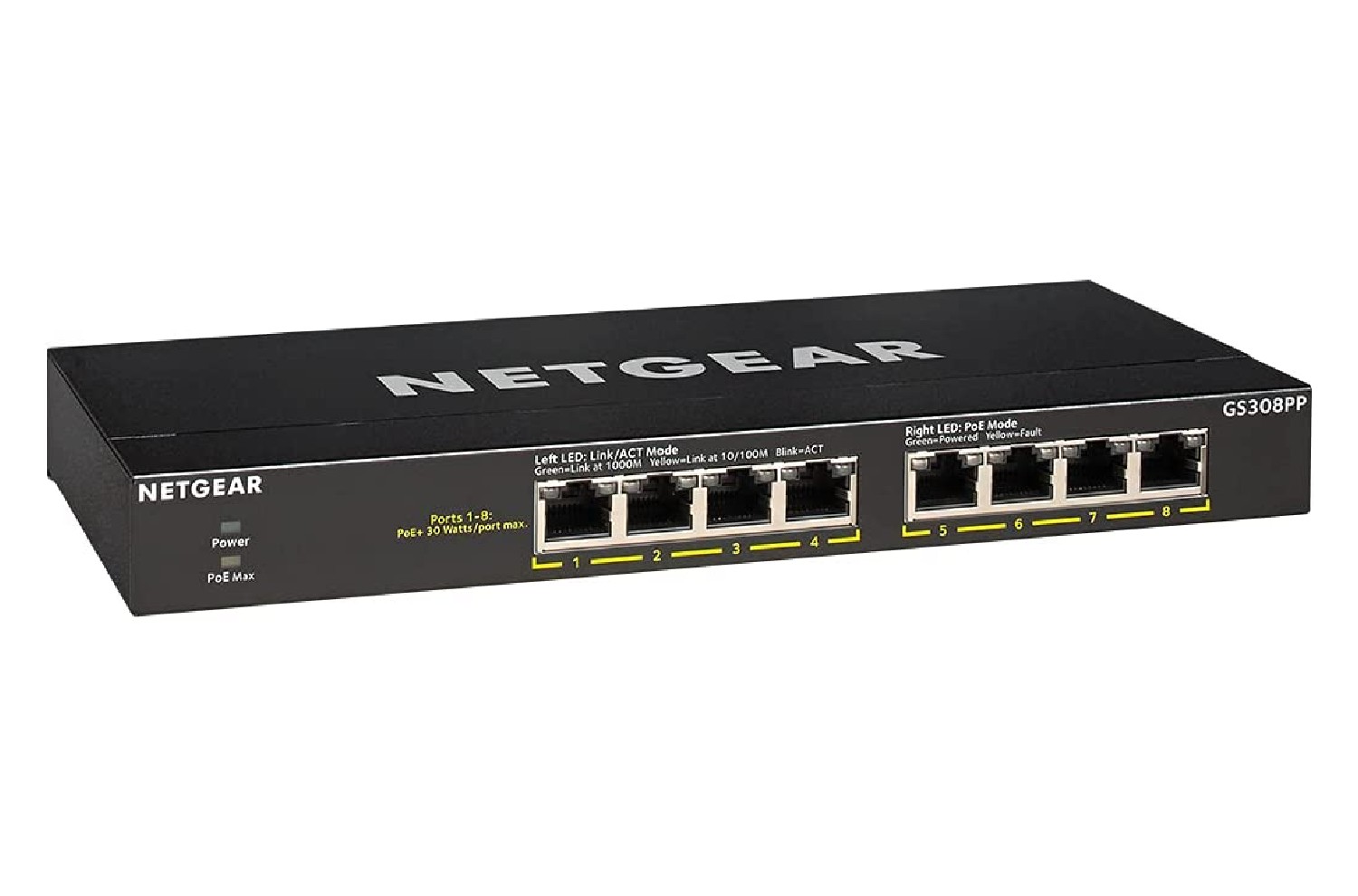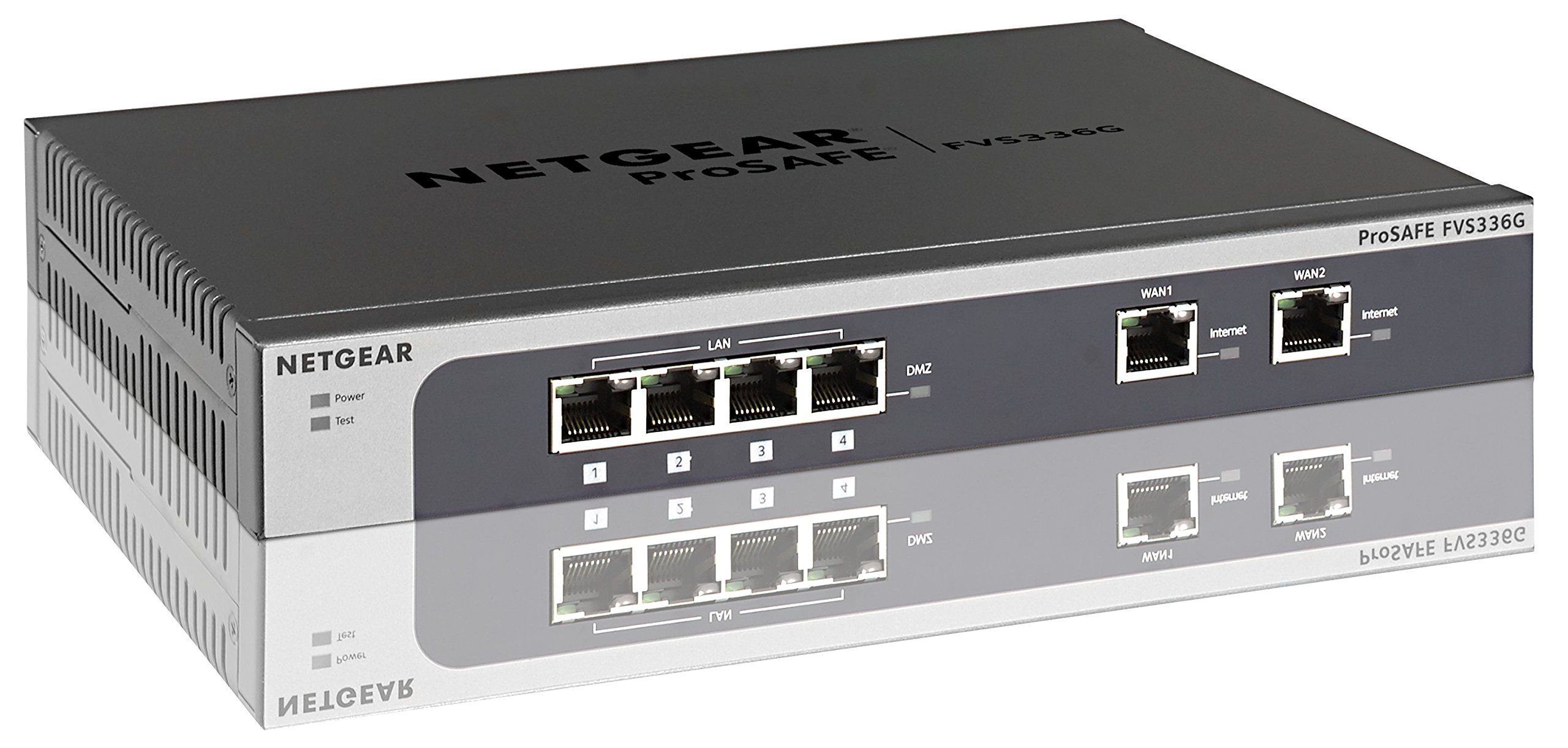Introduction
Understanding the Role of a Network Switch
As the backbone of modern networking, a network switch plays a pivotal role in facilitating seamless communication and data transfer within a network. Whether you are a tech enthusiast, a business professional, or an avid internet user, comprehending the function and significance of a network switch can empower you to make informed decisions regarding your networking needs.
Imagine a bustling city with an intricate network of roads and intersections. Each road represents a pathway for data, and each intersection symbolizes a connection point. In this analogy, the network switch acts as the traffic controller, efficiently directing the flow of data to its intended destination. This fundamental concept underpins the functionality and importance of network switches in the digital realm.
Throughout this discussion, we will delve into the intricacies of network switches, exploring their inner workings, diverse types, notable benefits, and essential considerations for selecting the most suitable switch for your specific requirements. By the end of this exploration, you will have gained a comprehensive understanding of the vital role that network switches play in ensuring the smooth operation of modern networks.
What is a Network Switch?
A network switch is a fundamental networking device that enables the efficient transmission of data between multiple devices within a local area network (LAN). Unlike a hub, which indiscriminately broadcasts data to all connected devices, a switch intelligently forwards data only to the intended recipient, optimizing network performance and security.
At its core, a network switch functions as a multi-port device, facilitating the seamless interconnection of computers, servers, printers, and other networked devices. Each port on the switch serves as a dedicated pathway for data, allowing devices to communicate with one another without causing network congestion or data collisions.
By leveraging the power of packet switching, a network switch examines the data packets it receives and determines the most efficient route for transmitting them to their respective destinations. This intelligent routing capability minimizes latency and enhances network efficiency, making it an indispensable component of modern networking infrastructures.
Furthermore, network switches come in various configurations, ranging from unmanaged switches suitable for small home networks to enterprise-grade managed switches equipped with advanced features for network optimization, monitoring, and security.
In essence, a network switch serves as the cornerstone of a robust and reliable network, enabling seamless communication and data exchange while promoting optimal performance and scalability.
How Does a Network Switch Work?
At its core, the operation of a network switch revolves around its ability to intelligently manage and direct data traffic within a network. When a device connected to a switch transmits data, the switch analyzes the data packets to determine their intended recipients. Unlike a hub, which broadcasts data to all connected devices, a switch selectively forwards the packets only to the appropriate destination, thereby optimizing network bandwidth and reducing unnecessary data transmission.
Upon receiving data packets, the switch utilizes MAC (Media Access Control) addresses to identify the specific devices to which the packets should be delivered. This process involves maintaining a table that maps MAC addresses to the corresponding switch ports, allowing for efficient data forwarding based on the intended recipients’ locations within the network.
Furthermore, modern network switches often incorporate advanced features such as VLAN (Virtual Local Area Network) support, Quality of Service (QoS) capabilities, and port mirroring for network monitoring and management. VLANs enable the segmentation of a network into distinct virtual networks, enhancing security and optimizing data traffic flow. QoS mechanisms prioritize certain types of data to ensure reliable and consistent performance, making it ideal for voice and video transmission. Port mirroring facilitates network monitoring by replicating data traffic from one port to another, enabling administrators to analyze network activity and diagnose potential issues.
Additionally, managed switches offer administrators granular control over network configurations, security policies, and performance optimization. Through a web-based interface or command-line interface, network administrators can configure VLANs, implement access control lists, and monitor network traffic in real time, empowering them to maintain a secure and efficient network environment.
In essence, a network switch works diligently behind the scenes, efficiently directing data traffic, optimizing network performance, and providing the foundation for reliable and secure communication within modern networks.
Types of Network Switches
Network switches come in various types, each tailored to meet specific networking requirements, scalability, and management needs. Understanding the distinctions between these switch types is crucial for selecting the most suitable solution for a particular networking environment.
Unmanaged Switches:
Unmanaged switches are the simplest form of network switches, typically found in home or small office environments. These switches operate out of the box without requiring any configuration, making them ideal for plug-and-play setups. While unmanaged switches offer basic functionality for connecting devices within a network, they lack advanced features such as VLAN support and QoS capabilities.
Managed Switches:
Managed switches provide administrators with greater control and flexibility over network operations. These switches offer advanced features, including VLAN support, QoS prioritization, and port mirroring for network monitoring. With the ability to configure and manage various aspects of network behavior, managed switches are well-suited for medium to large-scale business networks that demand granular control and performance optimization.
Layer 2 Switches:
Layer 2 switches operate at the data link layer of the OSI model, facilitating the efficient forwarding of data packets based on MAC addresses. These switches are adept at interconnecting devices within a single network and are commonly used to segment network traffic using VLANs, thereby enhancing network security and performance.
Layer 3 Switches:
Layer 3 switches, also known as multilayer switches, operate at the network layer of the OSI model, enabling them to perform routing functions in addition to the capabilities of Layer 2 switches. These switches are capable of making routing decisions based on IP addresses, effectively combining the functionalities of switches and routers. Layer 3 switches are instrumental in optimizing network traffic and enhancing the scalability of large networks.
PoE Switches:
Power over Ethernet (PoE) switches integrate the capability to deliver power to connected devices, such as IP phones, wireless access points, and surveillance cameras, over the Ethernet cable. This eliminates the need for separate power sources for these devices, simplifying installation and enhancing flexibility in network deployment.
By understanding the unique characteristics and capabilities of these network switch types, organizations and individuals can make informed decisions when selecting the most suitable switch to meet their specific networking requirements.
Benefits of Using a Network Switch
Employing a network switch offers a multitude of advantages that significantly enhance the performance, security, and scalability of a network environment. These benefits make network switches indispensable components of modern networking infrastructures.
Enhanced Performance:
Network switches facilitate efficient data transmission by directing data packets only to the intended recipients, minimizing network congestion and reducing latency. This optimized data traffic flow results in improved network performance, ensuring swift and reliable communication between connected devices.
Security and Segmentation:
By utilizing VLAN support, network switches enable the segmentation of a network into distinct virtual networks, enhancing security and isolating traffic for different departments or applications. This segmentation prevents unauthorized access to sensitive data and mitigates the impact of network disruptions, bolstering overall network security.
Scalability and Flexibility:
Network switches provide the flexibility to expand and adapt network infrastructures to evolving requirements. With the ability to add more devices and create additional network segments, switches empower organizations to scale their networks efficiently without compromising performance or security.
Improved Traffic Management:
Quality of Service (QoS) capabilities offered by network switches prioritize certain types of data, such as voice and video traffic, to ensure consistent and reliable performance. This feature is particularly valuable in environments where real-time communication and multimedia applications are prevalent, guaranteeing a seamless user experience.
Centralized Control and Monitoring:
Managed switches afford network administrators granular control over network configurations, security policies, and performance optimization. Through centralized management interfaces, administrators can monitor network activity, implement access control measures, and swiftly respond to evolving network demands, enhancing overall network management efficiency.
Power Over Ethernet (PoE) Convenience:
PoE switches simplify the deployment of network devices by delivering power and data over a single Ethernet cable. This streamlined approach eliminates the need for separate power sources, reducing installation complexity and enhancing the flexibility of network infrastructure.
By harnessing these benefits, organizations can create robust and agile network environments that foster seamless communication, reliable performance, and heightened security, ultimately driving productivity and innovation.
Considerations When Choosing a Network Switch
When selecting a network switch, several key considerations should be taken into account to ensure that the chosen switch aligns with the specific networking requirements and operational needs of an organization or individual. These considerations encompass various technical and practical aspects that play a crucial role in determining the suitability of a network switch for a given environment.
Port Count and Speed:
Assessing the number of devices that need to be connected to the switch and the required data transfer speeds is essential. Choosing a switch with an adequate number of ports and the appropriate speed capabilities is crucial for accommodating current network demands and allowing for future expansion.
Managed vs. Unmanaged:
Determining whether a managed or unmanaged switch is more suitable depends on the level of control and configuration flexibility required. Managed switches offer advanced features and centralized management capabilities, making them ideal for complex networking environments, while unmanaged switches are simpler and more cost-effective for basic networking needs.
Layer 2 vs. Layer 3:
Understanding the networking requirements and the need for routing functionalities aids in deciding between Layer 2 and Layer 3 switches. Layer 2 switches are suitable for interconnecting devices within a single network, while Layer 3 switches provide routing capabilities and are beneficial for larger, more complex networks.
Power Over Ethernet (PoE) Support:
For environments requiring the deployment of PoE-enabled devices, such as IP phones and wireless access points, selecting a switch with PoE support eliminates the need for separate power sources, simplifying installation and enhancing flexibility.
Scalability and Future-Proofing:
Considering the potential growth of the network and the need for additional devices, opting for a switch that supports scalability and advanced features, such as VLANs and QoS, can future-proof the network infrastructure and minimize the need for frequent upgrades.
Budget and Total Cost of Ownership (TCO):
Assessing the initial investment and long-term maintenance costs is vital in selecting a switch that aligns with the available budget and offers a favorable TCO. Balancing the upfront expenses with the long-term benefits and features is crucial for making a cost-effective decision.
By carefully evaluating these considerations and aligning them with the specific networking requirements, organizations and individuals can make informed decisions when choosing a network switch, ultimately ensuring that the selected switch optimally supports their networking needs and operational objectives.
Conclusion
Network switches stand as indispensable components within the intricate web of modern networking infrastructures, serving as the linchpin for efficient data transmission, secure communication, and scalable network operations. Understanding the pivotal role of network switches empowers individuals and organizations to make informed decisions when selecting the most suitable switch for their specific networking requirements.
From the fundamental functionality of directing data traffic to the advanced capabilities of managed switches, the diverse landscape of network switches offers a spectrum of options tailored to accommodate a wide array of networking environments. Whether it be the seamless connectivity facilitated by unmanaged switches in home networks or the granular control and performance optimization provided by managed switches in enterprise settings, the benefits and considerations associated with network switches underscore their significance in shaping robust and agile network infrastructures.
As technology continues to evolve and networking demands become increasingly dynamic, the role of network switches in driving network performance, security, and flexibility remains paramount. The ever-expanding array of network switch types, features, and capabilities underscores the adaptability and resilience of these essential networking devices, offering solutions that cater to the diverse needs of modern digital landscapes.
By embracing the benefits of enhanced performance, security, scalability, and centralized control offered by network switches, organizations and individuals can harness the power of these devices to foster seamless communication, reliable data transmission, and heightened network management efficiency. The considerations outlined when choosing a network switch provide a roadmap for navigating the intricacies of switch selection, ensuring that the chosen switch aligns harmoniously with the specific networking requirements and operational objectives.
In essence, network switches serve as the cornerstone of modern networking, enabling the seamless flow of data, the fortification of network security, and the facilitation of agile and scalable network infrastructures. Embracing the pivotal role and multifaceted benefits of network switches empowers individuals and organizations to construct resilient and efficient network environments, driving innovation, productivity, and connectivity in the digital era.







